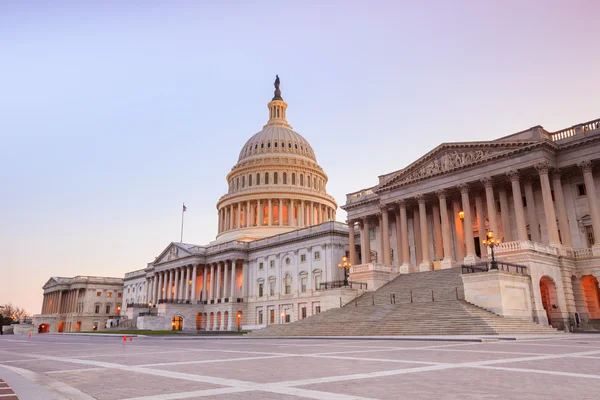
What makes somewhere really feel like home? For some, it’s the assurance of a reliable paycheck. For others, it’s the security of a safe community or the delight of weekend treks beneath sunny blue skies. But for all-around happiness, the formula is much more complicated and a new nationwide list has just put the spotlight on where the equation gets out of balance.
WalletHub’s most recent “Happiest States in America” report combines 30 elements in measures of emotional well-being, work conditions, and community to determine where residents flourish and where they don’t. While Hawaii, Maryland, and Nebraska are soaking up the sunshine of high rankings, the bottom 10 states tell a very different tale, one of economic duress, health issues, and less room for connection.
From disappointing volunteer levels to astronomically high divorce rates, here’s a closer examination of the states that ranked last in the happiness survey and what may be keeping them down.

1. Colorado: Active but Disconnected
Colorado’s outdoor-friendly reputation isn’t debatable, with the nation’s second-highest rate of sports participation and one of the highest adequate sleep scores in the nation. Still, it ranks as the 10th-least-happy state. The reason? A low community-and-environment score, fueled by weaker safety indicators, more divorce, and less volunteer activity. Even with the mountain scenery, social cohesion here appears more tenuous than in other happier states.
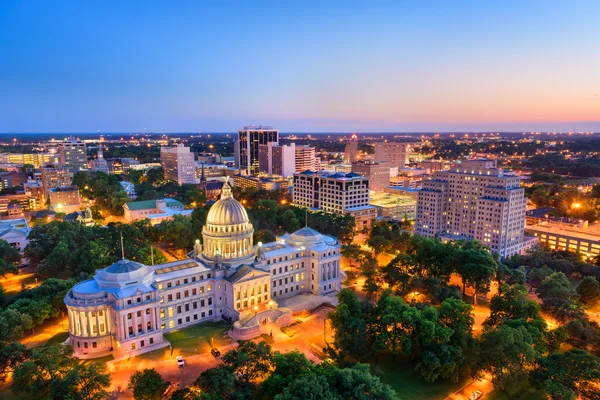
2. Mississippi: Long Hours, Low Safety
Mississippi ranks at the bottom for both sports participation and safety two aspects that are highly connected with emotional and physical health. The state also has the fourth-highest divorce rate and some of the longest workweeks in the country. Based on WalletHub’s data, it stands at 10th lowest in terms of emotional and physical well-being, with issues such as depression rates higher than others and food insecurity taking their toll on locals.

3. Kentucky: Troubled Work Environment
Kentucky’s ranking as the eighth-least-happy state is partly based on its low work environment score, where it stands fourth-lowest in the country. Long travel times to work, higher unemployment rates, and longer work weeks contribute to the stress. Emotional and physical health also falls behind, with the state in the bottom 10 of this indicator, indicating that job quality and health are areas that require attention.
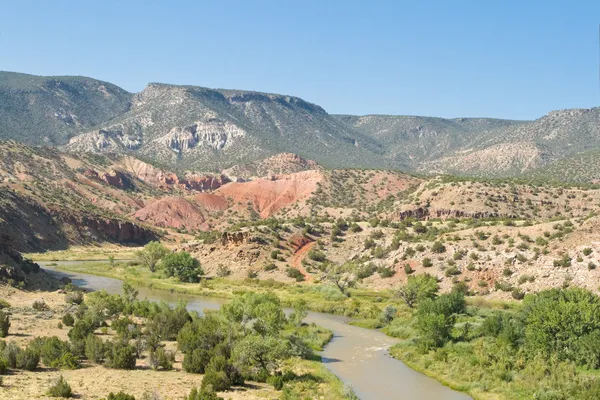
4. New Mexico: High Divorce, Low Volunteerism
New Mexico leads the nation in its divorce rate, combined with the fifth-highest rate of suicide two figures that tie significantly low happiness rankings together. Volunteerism is also low here, with the state in fourth position from the bottom on this indicator. These dynamics contribute to its seventh-lowest emotional well-being ranking and a bad work environment ranking, demonstrating the ways in which social isolation and economic stress are intertwined.
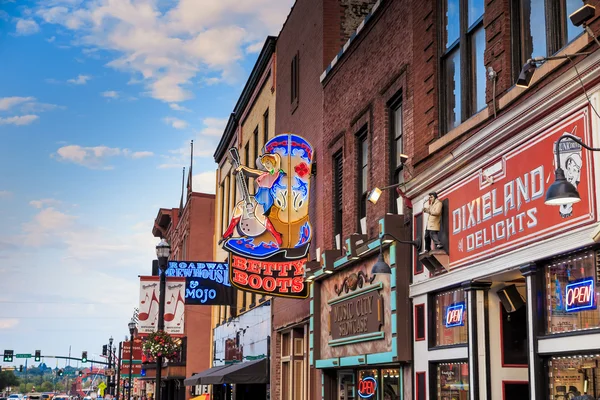
5. Tennessee: Depression Takes a Toll
Tennessee has the second-highest rate of adult depression (along with Maine), an indicator that greatly contributes to its emotional and physical well-being ranking, where it is fourth from last. Although there is cultural richness and natural beauty present in the state, mental health issues continue to be a huge obstacle to general satisfaction in life.

6. Alaska: Long Hours, Low Growth
Alaska’s harsh environments can’t make up for its sobering facts: the nation’s highest rate of suicide, longest workday, and lowest income growth. These facts place it in the bottom three on both work environment and community measures. Harsh weather and geographic remoteness could make things worse for residents too.
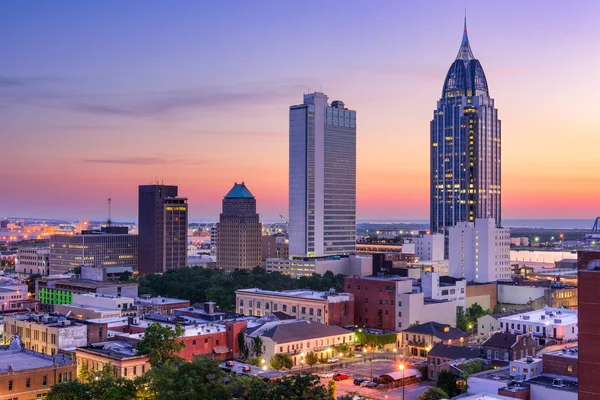
7. Alabama: Low Sleep, Low Civic Engagement
Alabama is the third-lowest for both adequate sleep and volunteerism, indicating pressures on both individual health and social connections. It is also lowest in all three primary areas community, emotional health, and work environment implying that the challenges of the state are extensive and interrelated.

8. Arkansas: Low Activity, Low Safety
Arkansas has the second-lowest sports participation rate and ranks fourth-lowest for sleep sufficiency. Safety is also compromised, with the state ranking as the fourth-least safe in the nation. Its score for emotional and physical well-being is within the bottom three, indicating a requirement for improved health, recreation, and safety amenities.
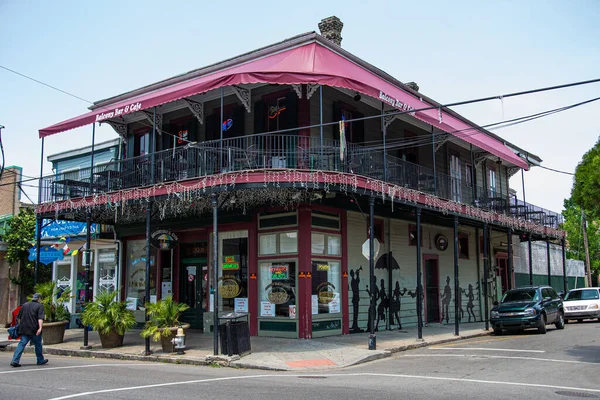
9. Louisiana: Overworked and Not Safe
Louisiana ranks as the least safe state and also has the third-highest divorce rate. Workers have some of the longest hours in the country, and the state is near the bottom when it comes to getting enough sleep and playing sports. These combined metrics solidify its rank as second-least-happy overall, with work and emotional well-being both scoring in the bottom two.
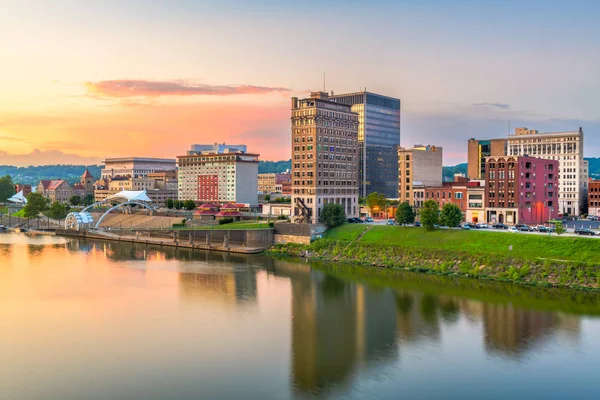
10. West Virginia: The Unhappiest State
West Virginia is the sad distinction of being the least-happy state, with the highest adult depression rate, the lowest rate of adequate sleep, and low rates of sports involvement. It is last in both work conditions and physical health. Economists point out that financial strain, restricted access to health care, and social isolation are probably exacerbating the state’s difficulties.
Happiness isn’t necessarily about sunshine or a big paycheck about being a mix of economic security, mental and physical well-being, social connections, and even getting enough sleep. The states that rank lowest on WalletHub’s list illustrate the way shortfalls in all of these categories can accumulate and make it more difficult for people to have good things in their lives. For policymakers and residents, they’re not only numbers but a guide for where things could make a significant difference.


